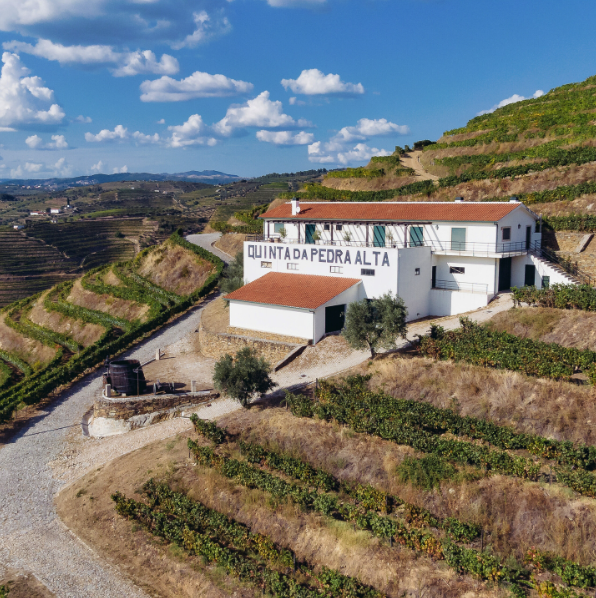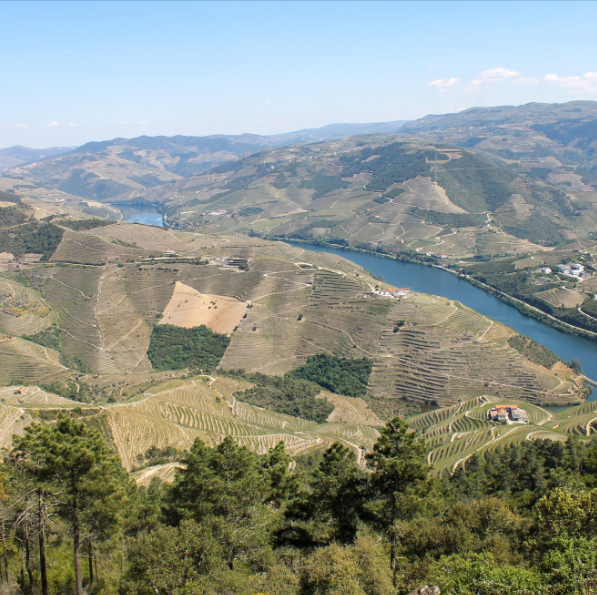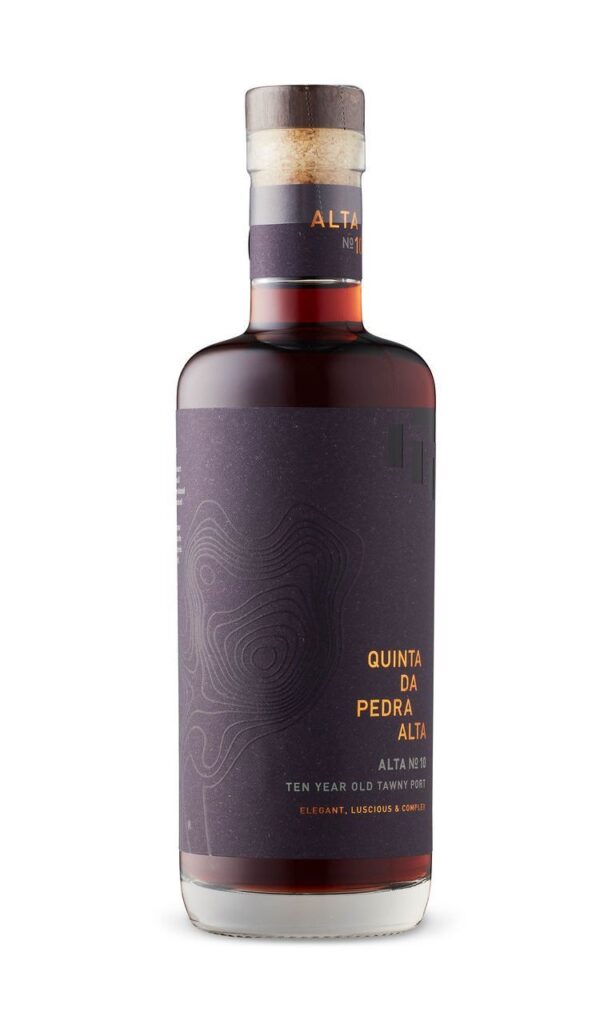Despite its relative decline in sales and popularity, Port remains one of the world’s great wines, and great wine values. At their best, they are deeply complex, incredibly age-worthy and absolutely delicious. Port’s rich history dates to the 17th century, when a trade war between England and France forced British merchants to look elsewhere for fine wines. They ventured to the Douro Valley, where dark, tannic reds drew their interest. In order to stabilize the wines during the journey back to England, merchants added Brandy, which arrested fermentation and killed off unwanted yeasts and microbes. The resulting wines were sweet, rich, deeply-coloured and would soon become hugely popular throughout the world.
Port production is located within the Douro wine region of Portugal, named after the river that carves through the valley with vineyards on either side. It was demarcated in 1756, which makes it one of the oldest defined wine regions in the world. One of the region’s markers is the schist sub-soil that extends east and west of the river for over 100 km. Another defining characteristic of the region is the ubiquitous, steep and terraced vineyards that follow the Douro River and its various tributaries. These terraces, which date to the region’s origins, help combat erosion and make vineyard work here – among the most difficult and costly of any wine region in the world – somewhat easier.


More than 80 different varieties are allowed in Port production and most vineyards are planted with a multitude of different ones, even within a single plot. Traditional Portuguese thick-skinned red grapes like Touriga Nacional, Touriga Franca and Tinto Barroca ripen with ease in most years, during the generally hot and dry growing season, producing full, concentrated and structured wines.
Port classification and styles vary. Here’s a basic breakdown of what you’ll typically find available in the Ontario market:
- White Port – made from indigenous white grapes like Rabigato, Gouveio and Viosinho. Look for flavours of apricot, citrus, honey and sometimes roasted nuts. Enjoy on their own or add Tonic and ice for a Porto Tonica.
- Ruby Port – the entry-level examples are generally the least expensive Ports you’ll find. They are relatively simple and fruity and should be enjoyed in their youth. Ruby Ports are aged in bottle. More premium, complex examples included in this category are Reserve, Vintage and Late Bottled Vintage (LBV), each of which possess increased complexity and price tags.
- Tawny Port – aged in small barrels for various periods of time, resulting in wines with oxidative notes alongside flavours of toffee, cinnamon, caramel and toast. Sub categories here include Aged Tawny (anywhere from 10 to 40 years old) and Colheita Tawny (single vintage usually 10+ years old).
In the heart of the Douro Valley’s Cima Corgo sub-region, you’ll find a winery that strikes a fine balance between tradition and modernity, elegantly showcasing the exciting breadth of offerings coming out of Portugal these days. Quinta da Pedra Alta is the long-time dream-come-true of a small group of family and friends from the United Kingdom, who purchased the historic property in 2018. Their 35 hectares of vineyards are the archetype Douro landscape, dramatically rising from the eponymous river that meanders through northern Portugal. In 1735, Portugal’s Prime Minister, Marquis of Pombal, formally classified the Douro’s vineyards by placing rectangular pillars around the finest parcels in the area. Quinta da Pedra Alta is the only property in the region with 3 of these markers remaining, a status modestly represented on the winery’s labels.
Winemaking here is led by two young and dynamic individuals, one from Portugal, the other Australia. Together they bring a unique and complementary skill set of extensive local and international experience. As is tradition in the area, all wines are blends and grapes are crushed via foot treading in granite lagares. Only wild yeasts are used in fermentation and oak aging is measured. These wines are at once powerful and refined, offering up loads of Douro Valley warmth alongside Old World structure and sophistication.

We are excited to announce the release of Pedra Alta’s No 10 Ten-Year-Old Tawny Port, available for a limited time only at LCBO Destination Collection. The wine is available for purchase by the bottle online and at the Portuguese Boutique LCBO store, located at 2151 St. Clair Avenue West in Toronto (St. Clair and Keele).
Alta No. 10 is an elegant, luscious, complex Tawny Port made in traditional granite lagers, aged in old casks and ready to drink now! It is a blend of old-vine, hand-harvested grapes planted in classically Douro schist-based soils: Tinta Roriz, Tinta Barroca, Touriga Nacional and Touriga Franca. Foot-stomped for four hours, the grapes are fermented via wild yeasts before neutral white spirit is added. The wine is then transferred to old Port barrels to undergo traditional maturation at the estate. As with all Ports, blending is key, and here Pedra Alta uses a variety of aged parcels with different levels of sweetness and acidity, including a small proportion of very old wine (aged at least 40 years old in barrel). The aim is to deliver an elegant, complex Ten-Year-Old Tawny style, where sweetness takes a back seat to the hallmark Pedra Alta acidity.
A very complex and alluring nose of dried red and black fruits, toffee, caramel and cask notes. As one expects from good Port, the palate is full and lush, loaded with rich fruits and kitchen spice. Serve lightly chilled on its own or alongside chocolate desserts and strong cheeses during the holidays.

